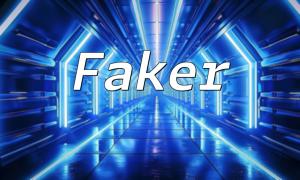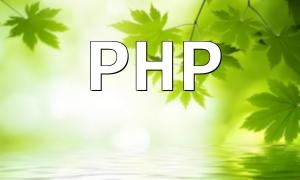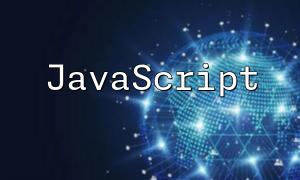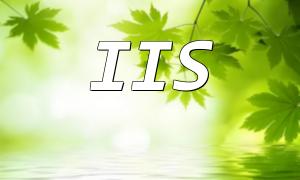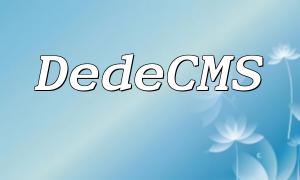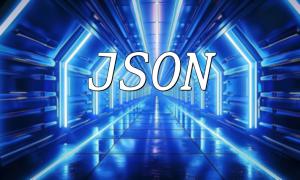Before starting the configuration, you need to install PHP on Kali Linux. You can install it by running the following commands in the terminal:
The above commands will update your package list and install PHP along with some commonly used modules. After installation, check the PHP version using the following command to confirm the installation was successful:
The PHP configuration file is usually located at /etc/php/7.x/cli/php.ini (adjust the path according to your version). Here’s how to edit and configure it:
Use a text editor like nano or vim to open the php.ini file with the following command:
In the file, you can modify the following configuration options based on your needs:
Depending on your project requirements, you may need to install additional PHP extensions. For example, to use the GD library for image processing, run the following command:
After installing the extensions, remember to restart your web server to apply the changes.
To verify that your PHP configuration is working, create a simple PHP file for testing. In your web root directory (usually /var/www/html/), create a file called info.php:
Enter the following content into the file:
After saving the file, you can visit http://your-IP-address/info.php in your browser to view your PHP configuration details.
By following these steps, you have successfully installed and configured PHP in Kali Linux. Be sure to regularly update your packages, maintain system security, and consult official documentation for the latest PHP features. With proper PHP configuration, you can significantly boost your development efficiency.

